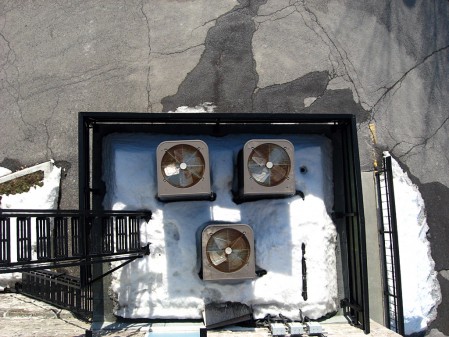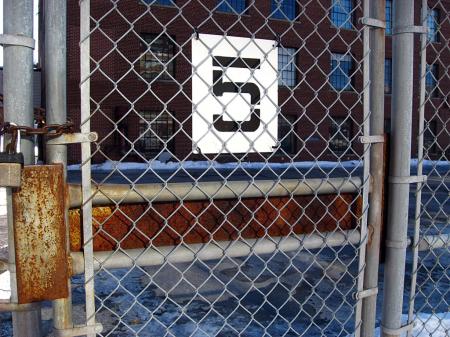This background note on carbon trading from the Sightline Institute does a good job of explaining the relevance of different modes of permit allocation to consumers. That sounds terribly dull, I’m sure, but it’s simple and important. The basic idea of carbon trading is that you set some level of allowable emissions for a facility, firm, sector, or economy. Say you want to reduce total national emissions by 2% over the next year. You multiply current national emissions by 0.98 and create permits for that quantity of emissions. What you do next is very important. You can either auction these credits to the highest bidder, requiring firms that produce greenhouse gasses to purchase them, or you give some or all of them away for free to such firms.
The critical point here is that these credits are money. Auctioning them does two things: it requires polluters to pay for their emissions and it raises funds. These can be invested in research, used to subsidize low-carbon technologies, or just used to fund general tax cuts. When these credits are given away for free, they give firms the option of either continuing to pollute for free or selling the right to pollute to someone else.
The point made in this document is that consumers end up bearing the cost from either approach. This is because unless firms are tightly regulated or in competition with other firms that don’t face emissions restrictions, they will both profit from any permits they are allocated for free and pass along the cost of permits to consumers. The analogy used in this document is a good one:
Try buying World Series tickets from a scalper. Would he charge you any less if he found the tickets on the ground? Of course he wouldn’t. Like energy, the street price of World Series tickets is based on supply and demand. The supply and demand for tickets is the same no matter how much the scalper paid for them, and so the price he charges you will also be the same no matter how he got them.
Of course, the scalper would much rather get his tickets for free – and that’s precisely the point. Polluters are financially much better off if permits are given away instead of auctioned, but the cost of cutting emissions and the resulting effect on energy prices will be the same no matter how the permits are delivered.
As such, the superiority of an auction system is further reinforced. Not only does it implement the Polluter Pays principle, but it also provides a mechanism through which governments can compensate consumers for the manipulative behaviour of firms.





